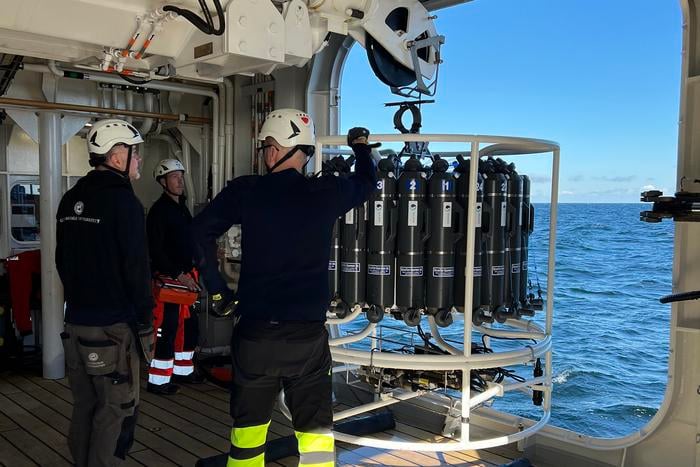A large portion of the methane released from the Nord Stream gas pipeline explosion in September 2022 stayed dissolved in the southern Baltic Sea, according to a new study by researchers from the University of Gothenburg. The findings, published in Scientific Reports, shed light on the fate of one of the largest unnatural methane gas emissions ever recorded.
The researchers organized an expedition to the area of the leak within a week of the incident. They discovered that between 10,000 and 50,000 tonnes of methane remained dissolved in the water, rather than reaching the surface and entering the atmosphere.
“Thanks to fortunate circumstances, we were able to organise an expedition to the area of the leak in less than a week. Based on what we measured, we estimate that between 10,000 and 50,000 tonnes of methane remained in the sea in dissolved form,” says Katarina Abrahamsson, professor of marine chemistry at the University of Gothenburg.
Distinguishing Nord Stream Methane from Natural Sources
The researchers were able to differentiate the methane from the Nord Stream leak from naturally occurring methane in the water due to their different isotopic compositions. This allowed them to trace the spread of the leaked methane over large areas, where some is being consumed by bacteria.
Despite the rapid and large-scale release of methane from the pipeline, the researchers did not observe significant mixing in the water masses. The stratification of the water, which is typical for the end of September, remained stable. As a result, the levels of the leaked methane varied greatly in the water. The researchers believe that the methane was likely diluted in a larger body of water later in the autumn when the water was remixed due to falling temperatures.
Potential Biological Impact Remains Unclear
The long-term impact of the increased methane levels on biological life in the southern Baltic Sea is not yet clear. The expedition also included researchers who collected plankton samples in the affected area, but the analyses of these samples are not yet complete.
A follow-up visit to the area three months after the initial expedition revealed preliminary results suggesting high bacterial activity during this period. However, the researchers do not yet know how the phytoplankton and zooplankton have been affected by the methane release.
Further research and monitoring will be necessary to fully understand the ecological consequences of the Nord Stream gas pipeline explosion and the resulting methane release in the southern Baltic Sea.


